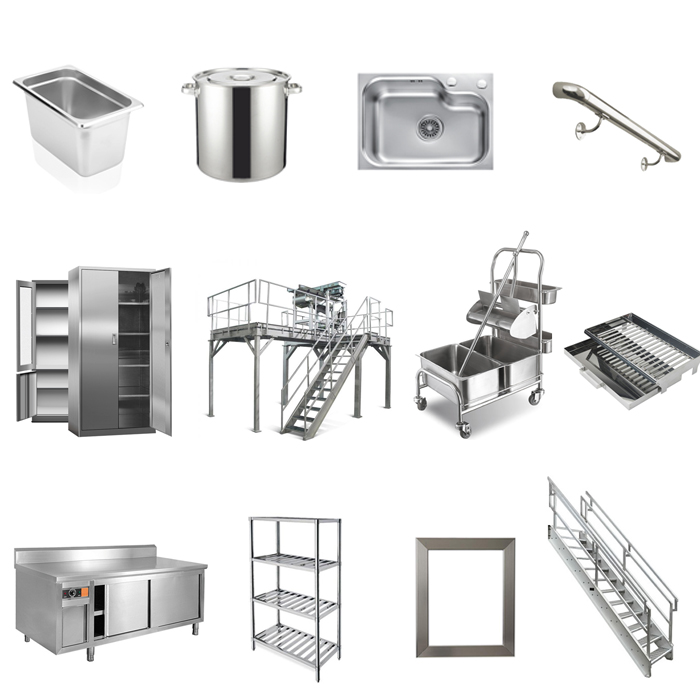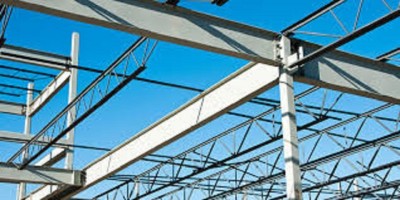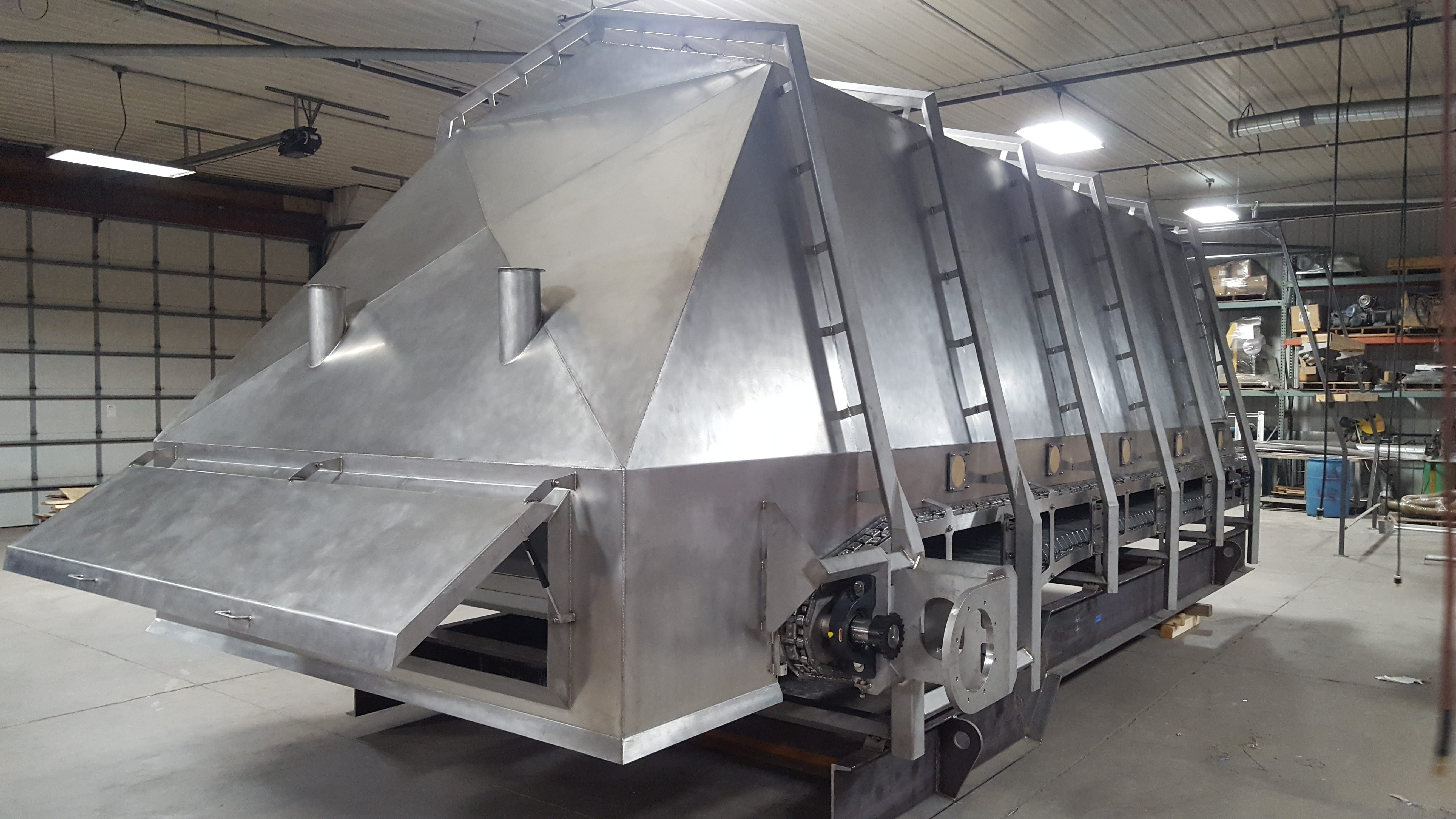Ingenious Trends in Steel Construction: Enhancing Longevity and Precision
In the realm of steel manufacture, the search of toughness and precision has actually led to a wave of ingenious patterns that are improving the industry. From improvements in welding technologies to the integration of robot automation in construction processes, the landscape of steel manufacturing is evolving rapidly. High-strength alloy advancement, coupled with the application of 3D modeling and simulation software program, is pushing the limits of what is attainable in regards to architectural integrity and accuracy. Furthermore, the growing emphasis on sustainable methods in steel manufacturing is not only driving effectiveness but additionally cultivating an extra eco conscious technique to manufacture. These patterns are not simply forming the existing however likewise preparing for the future of steel construction, promising more improvements in toughness and accuracy.
Advanced Welding Technologies
In the realm of steel construction, the adoption of sophisticated welding innovations has actually significantly transformed the sector's technique to achieving remarkable quality and accuracy in architectural welds. Advanced welding technologies, such as laser beam welding and rubbing stir welding, have arised as game-changers in the field. By leveraging these advanced welding techniques, steel producers can elevate the sturdiness, stamina, and accuracy of their architectural welds, meeting the increasingly demanding needs of modern building tasks.
Robot Automation in Manufacture
Embracing robotic automation has ended up being a cornerstone of modern-day steel manufacture practices, improving processes and enhancing performance throughout the industry. Robots are revolutionizing the way steel parts are produced, supplying unequaled precision and speed while reducing human mistake. These automated systems can deal with repeated jobs with regular accuracy, causing higher high quality final product.
One trick benefit of robotic automation in steel fabrication is the capacity to function around the clock without fatigue, dramatically enhancing production outcome. This continuous procedure decreases downtime and speeds up job timelines, inevitably saving prices for producers. In addition, robotics can be programmed to carry out intricate tasks that might be tough or unsafe for human employees, boosting safety in the work environment.
Moreover, robotic automation makes it possible for seamless combination with other digital technologies, such as computer-aided style (CAD) software and Net of Points (IoT) systems (Alpha reo). This interconnected strategy enhances interaction in between different stages of manufacture, optimizing process and making sure real-time tracking and control. As the steel manufacture sector proceeds to develop, robot automation stands apart as a transformative pressure driving performance and accuracy in making processes

High-Strength Alloy Growth
The improvement of high-strength alloy growth in steel fabrication is improving the industry's technique to boosting product durability and performance. High-strength alloys are crafted to exhibit remarkable mechanical residential or commercial properties, such as boosted tensile strength, toughness, and corrosion resistance compared to typical steel grades. By incorporating these advanced alloys right into fabrication procedures, manufacturers can create components that withstand higher stress degrees and rough settings, bring about more trustworthy and durable final result.
One key advantage of high-strength alloy development is the capability to lower material density without compromising structural stability. This not just results in lighter-weight parts yet also contributes to cost savings and enhanced performance in construction and setting up procedures. The boosted strength-to-weight proportion of these alloys allows for the Alpha reo design and building of structures with higher load-bearing capacities while minimizing overall weight.
3D Modeling and Simulation Software
Developments in steel manufacture processes have actually been dramatically driven by the assimilation of sophisticated 3D modeling and simulation software program devices. These tools allow makers to develop detailed virtual versions of their projects, enabling them to envision the final product with accuracy prior to any kind of physical work begins. By mimicing various tension variables, ecological conditions, and architectural loads, fabricators can enhance designs for enhanced sturdiness and performance. Furthermore, 3D modeling and simulation software application streamline the production process by determining possible problems beforehand, minimizing the demand for expensive rework and decreasing material waste.

Lasting Practices in Steel Production
Integrating lasting practices right into steel production procedures is necessary for minimizing environmental influence and guaranteeing lasting resource availability. One key sustainable method is the fostering of energy-efficient modern technologies to lower greenhouse gas emissions throughout the steel production process. This consists of making use of renewable power resources, such as solar or wind power, to power steel plants and applying energy-efficient devices to optimize power use.
One more crucial aspect of sustainable steel manufacturing is the accountable sourcing of resources. This includes guaranteeing that the iron ore and various other resources utilized in steelmaking are acquired from eco friendly and ethical sources. By advertising transparency in the supply chain and adhering to rigorous ecological requirements, steel producers can reduce the adverse effects of resource extraction on local environments and communities.

Final Thought
Finally, the cutting-edge fads in steel construction such as sophisticated welding modern technologies, robotic automation, high-strength alloy development, 3D modeling and simulation software, and sustainable techniques are boosting the resilience and precision of steel items. These advancements are reinventing the steel manufacture industry by boosting high quality, sustainability, and performance. It is clear that the future of steel fabrication hinges on accepting these cutting-edge modern technologies to fulfill the needs of contemporary building and construction and manufacturing markets.
In the realm of steel construction, the search of longevity and precision has led to a wave of innovative trends that are reshaping the industry.In the world of steel construction, the fostering of cutting-edge welding technologies has actually significantly transformed the industry's approach to accomplishing premium top quality and accuracy in architectural welds. As the steel fabrication industry proceeds to progress, robot automation stands out as a transformative pressure driving effectiveness and precision in producing procedures.
Additionally, reusing and reusing steel scrap and waste materials play a substantial function in improving the sustainability of steel manufacturing. Alpha reo.In final thought, the ingenious trends in steel construction such as innovative welding technologies, robotic automation, high-strength alloy growth, 3D modeling and simulation software program, and sustainable practices are enhancing the sturdiness and accuracy of steel items